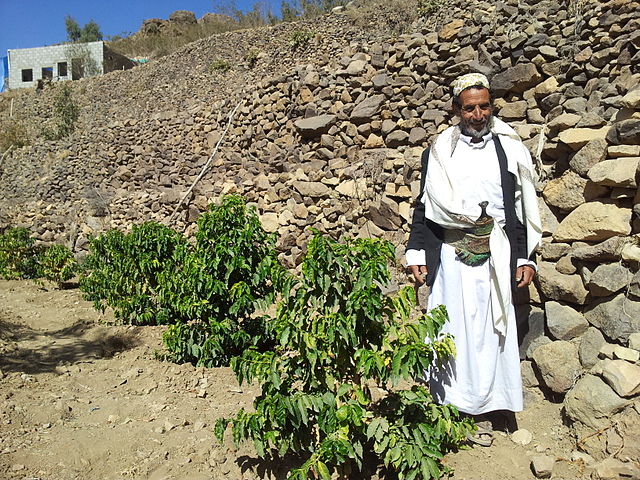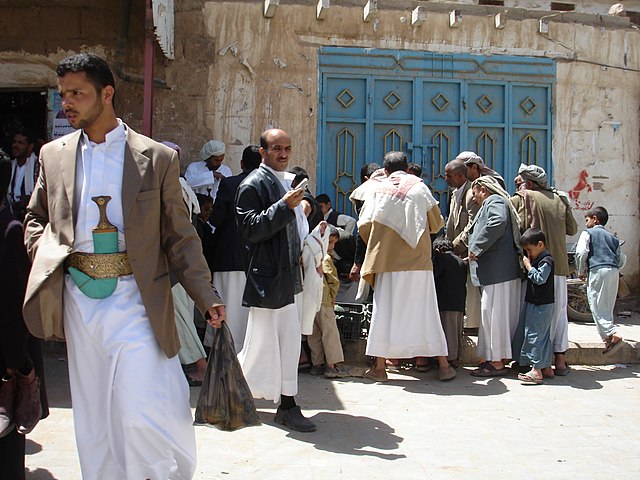
The Akhdam community, often referred to as “Akhdam” or “Khamseen,” represents a marginalized and underprivileged group in Yemen. Their unique socio-economic status and cultural history make them a critical subject of study for anyone interested in the dynamics of social stratification, historical injustices, and the ongoing quest for human rights. This blog post aims to provide a comprehensive understanding of the Akhdam community, their historical background, socio-economic challenges, and the efforts being made towards their empowerment and inclusion.
Historical Background
The term “Akhdam” translates to “servants” or “cleaners” in Arabic, reflecting the community’s historical role within Yemeni society. The Akhdam are believed to have descended from enslaved individuals brought to Yemen from Africa, predominantly from regions such as Ethiopia and Somalia, during the Islamic period. Over time, they have faced systemic discrimination and exclusion, largely due to their perceived low social status.
Despite their historical contributions to Yemeni culture and economy, including roles in domestic work, manual labor, and service industries, the Akhdam have struggled to gain social acceptance and economic advancement. Their marginalized status has perpetuated cycles of poverty and limited access to resources.
Socio-Economic Challenges
1. Economic Hardship
The Akhdam community is primarily concentrated in urban areas, particularly in cities like Sana’a, Taiz, and Aden. Many Akhdam live in impoverished conditions, often in makeshift housing or informal settlements. Their economic hardships are exacerbated by limited job opportunities, low wages, and lack of access to formal employment. Many Akhdam are employed in low-paying and precarious jobs, such as street cleaning and manual labor, which offer little job security or benefits.
2. Educational Barriers
Education is a critical factor in breaking the cycle of poverty, yet many Akhdam children face significant barriers to accessing quality education. Factors such as economic instability, lack of resources, and social stigma contribute to high dropout rates among Akhdam students. The community’s low literacy rates are a significant obstacle to social mobility and economic advancement.
3. Health Disparities
The Akhdam community also faces substantial health disparities. Access to healthcare services is often limited, and many Akhdam live in conditions that expose them to poor sanitation and health risks. The combination of inadequate healthcare and poor living conditions contributes to higher rates of illness and lower life expectancy within the community.
4. Social Exclusion and Discrimination
Social exclusion is a pervasive issue for the Akhdam. Prejudices and stereotypes about their status and background contribute to their marginalization. Discrimination in various spheres of life, including employment, education, and social interactions, reinforces their lower social standing and limits their opportunities for advancement.
Cultural and Social Identity
Despite the challenges they face, the Akhdam community has maintained a distinct cultural identity. They have a rich tradition of oral storytelling, music, and dance, which plays a crucial role in preserving their heritage and fostering a sense of community. Traditional crafts, including weaving and pottery, are also integral to their cultural expression.
The Akhdam community’s resilience in the face of adversity is reflected in their ability to sustain cultural practices and social bonds. These cultural elements not only provide a sense of identity and pride but also serve as a means of resistance against the forces of marginalization and oppression.
Efforts Toward Empowerment and Inclusion
Recognizing the challenges faced by the Akhdam community, various organizations and individuals have undertaken efforts to address their needs and promote their inclusion. These initiatives focus on several key areas:
1. Advocacy and Awareness
Raising awareness about the Akhdam community’s plight is crucial for fostering understanding and empathy. Advocacy groups work to highlight their issues, challenge stereotypes, and promote social change. By bringing their stories to light, these organizations aim to garner support and drive policy changes that benefit the Akhdam.
2. Education and Skill Development
Educational initiatives are essential for empowering the Akhdam community. NGOs and community organizations are working to improve access to education for Akhdam children and adults, providing scholarships, vocational training, and educational resources. These efforts aim to enhance literacy rates, develop skills, and create opportunities for economic advancement.

3. Health and Social Services
Improving access to healthcare and social services is a priority for many organizations working with the Akhdam. Mobile clinics, health education programs, and partnerships with local healthcare providers help address health disparities and improve overall well-being. Social services, including counseling and support programs, also play a role in addressing the community’s needs.
4. Economic Empowerment
Economic empowerment initiatives focus on creating job opportunities and supporting entrepreneurship among the Akhdam. Microfinance programs, skills training, and employment support aim to enhance economic stability and self-sufficiency. By fostering economic development, these programs help break the cycle of poverty and promote financial independence.
Conclusion
Understanding the Akhdam community requires an appreciation of their historical background, socio-economic challenges, and cultural identity. Despite the obstacles they face, the Akhdam demonstrate remarkable resilience and strength. Efforts to empower and include them in Yemeni society are essential for addressing historical injustices and promoting social equity.
As we strive to support the Akhdam community, it is crucial to continue advocating for their rights, addressing their needs, and celebrating their contributions to society. By fostering a more inclusive and equitable society, we can help ensure a brighter future for all, regardless of background or social status.



